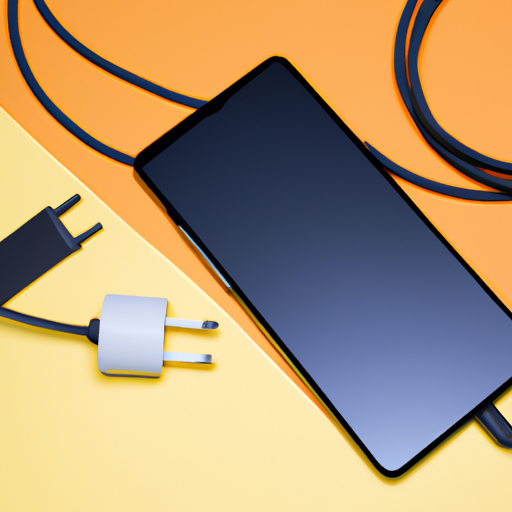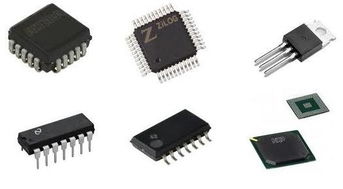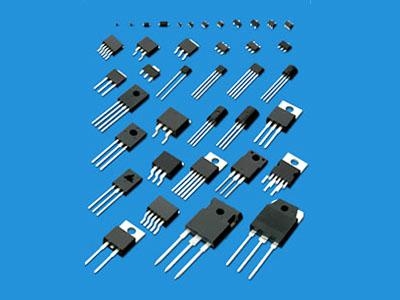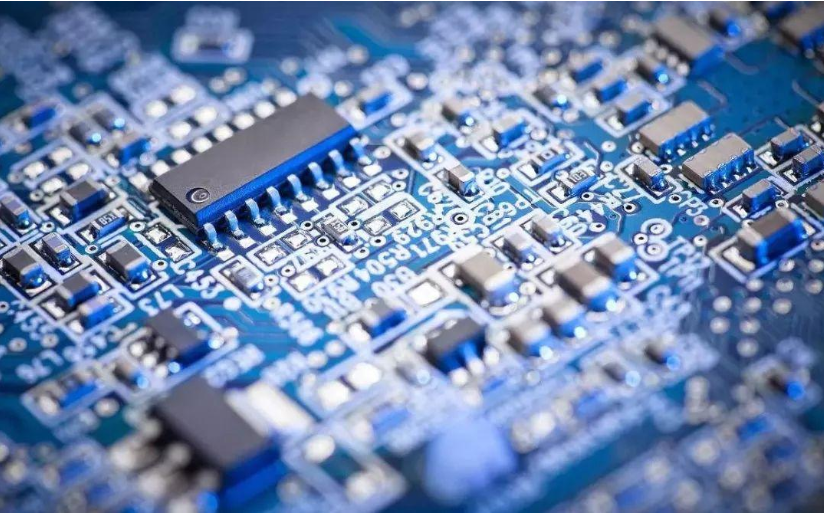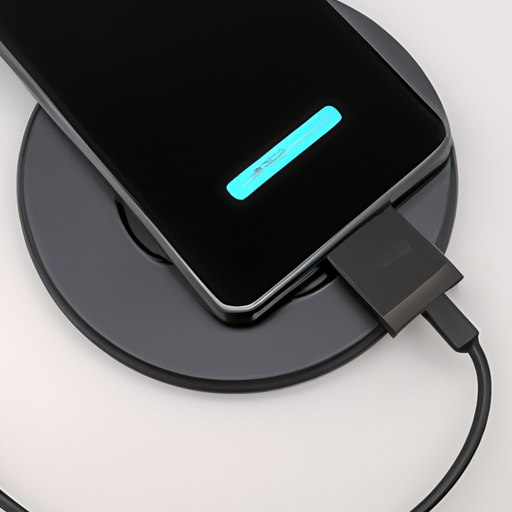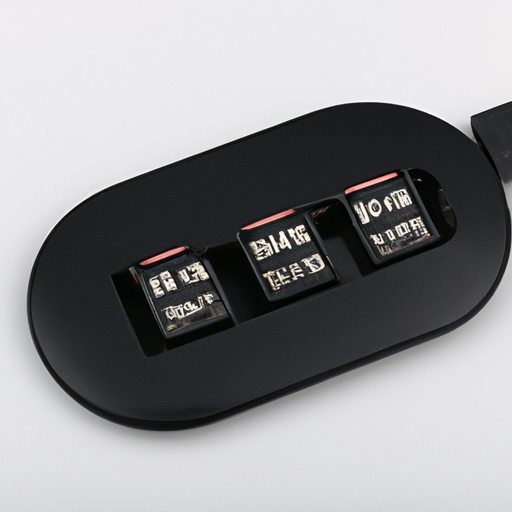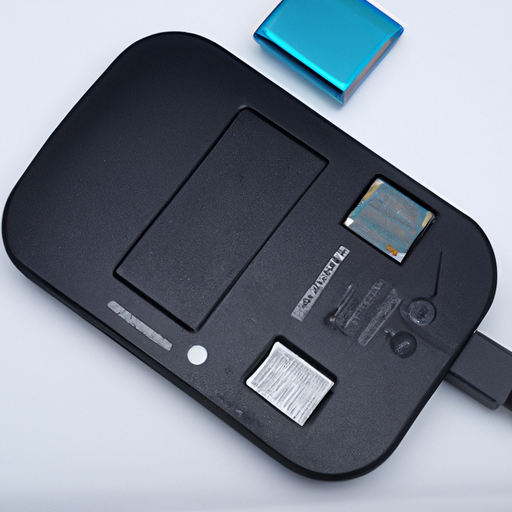Development Trends of the Mobile Power Fast Charging 3.0 Industry
I. Introduction
In an era where our lives are increasingly intertwined with technology, the demand for efficient power solutions has never been higher. Mobile Power Fast Charging 3.0 represents the latest evolution in charging technology, designed to meet the needs of modern devices that require quick and reliable power sources. This blog post will explore the development trends of the Mobile Power Fast Charging 3.0 industry, highlighting its historical context, current state, key trends, challenges, and future outlook.
II. Historical Context
A. Evolution of Charging Technologies
The journey of charging technologies has been marked by significant milestones. Early charging methods were rudimentary, often involving slow, cumbersome processes that left users tethered to power outlets for extended periods. As technology advanced, the introduction of fast charging revolutionized the way we power our devices, allowing for quicker recharges and greater convenience.
Fast Charging 3.0 emerged as a response to the growing demand for even faster charging solutions. This iteration builds upon previous technologies, incorporating advancements in battery chemistry and power delivery systems to enhance charging speeds and efficiency.
B. Key Milestones in the Development of Fast Charging Technologies
Several key milestones have shaped the fast charging landscape. The introduction of USB Power Delivery (USB PD) set a new standard for power delivery, enabling devices to negotiate power levels dynamically. Qualcomm's Quick Charge technology further accelerated the charging process, allowing compatible devices to charge significantly faster than traditional methods. These innovations laid the groundwork for the development of Fast Charging 3.0, which aims to push the boundaries of charging speeds even further.
III. Current State of the Mobile Power Fast Charging 3.0 Industry
A. Overview of Existing Technologies and Standards
Today, the Mobile Power Fast Charging 3.0 industry is characterized by a variety of technologies and standards. USB Power Delivery (USB PD) has become a widely adopted standard, allowing for flexible power delivery across a range of devices. Qualcomm's Quick Charge remains a dominant player, with numerous manufacturers integrating this technology into their products. Additionally, several proprietary technologies have emerged, each offering unique features and benefits.
B. Market Leaders and Their Contributions
The fast charging landscape is populated by several key players, each contributing to the advancement of the industry. Companies like Apple, Samsung, and Xiaomi have made significant strides in developing fast charging solutions, often filing patents for innovative technologies. These market leaders are not only driving competition but also setting benchmarks for performance and safety in fast charging.
IV. Key Development Trends
A. Increased Charging Speeds
One of the most notable trends in the Mobile Power Fast Charging 3.0 industry is the push for increased charging speeds. Advancements in voltage and current levels have enabled manufacturers to deliver power at unprecedented rates. Coupled with improvements in battery chemistry, such as the development of lithium-silicon batteries, the potential for faster charging is greater than ever. This trend is crucial for consumers who rely on their devices throughout the day and cannot afford long charging times.
B. Enhanced Safety Features
As charging speeds increase, so do safety concerns. The industry is responding with enhanced safety features designed to protect both devices and users. Overcurrent and overvoltage protection mechanisms are becoming standard in fast charging solutions, ensuring that devices are safeguarded against potential damage. Additionally, thermal management technologies are being integrated to prevent overheating during the charging process, further enhancing user safety.
C. Wireless Fast Charging
Wireless charging has gained traction in recent years, and the trend is expected to continue with the advent of Fast Charging 3.0. The growth of wireless charging standards, such as Qi, has made it easier for consumers to charge their devices without the hassle of cables. Integration with mobile devices and accessories is becoming more seamless, allowing for a more convenient charging experience. As technology advances, we can expect to see faster wireless charging solutions that rival their wired counterparts.
D. Eco-Friendly Solutions
Sustainability is a growing concern in the tech industry, and the Mobile Power Fast Charging 3.0 sector is no exception. Manufacturers are increasingly focusing on eco-friendly solutions, utilizing sustainable materials and energy-efficient designs. This trend not only addresses environmental concerns but also extends the lifespan of batteries, reducing electronic waste. As consumers become more environmentally conscious, the demand for eco-friendly charging solutions is likely to rise.
E. Integration with IoT and Smart Devices
The Internet of Things (IoT) is reshaping the way we interact with technology, and fast charging plays a crucial role in this transformation. As more devices become interconnected, the need for efficient power solutions becomes paramount. Fast charging technology is being integrated into smart devices, enabling them to charge quickly and efficiently. Smart charging solutions, which optimize charging based on usage patterns, are also gaining popularity, offering users greater control over their charging experience.
V. Challenges Facing the Industry
A. Compatibility Issues
Despite the advancements in fast charging technology, compatibility issues remain a significant challenge. The fragmentation of standards can lead to consumer confusion, as not all devices support the same charging protocols. This lack of uniformity can limit the effectiveness of fast charging solutions and hinder widespread adoption.
B. Safety Concerns
While enhanced safety features are being implemented, risks associated with high-speed charging persist. The potential for overheating and battery damage remains a concern, prompting regulatory bodies to establish guidelines and compliance measures. Manufacturers must navigate these challenges to ensure that their fast charging solutions are both effective and safe.
C. Market Saturation
The fast charging market is becoming increasingly saturated, with numerous manufacturers vying for consumer attention. This competition can lead to price pressures, as companies strive to offer the best value to consumers. Additionally, as consumers become accustomed to fast charging, their expectations for performance and reliability continue to rise, further intensifying the competition.
VI. Future Outlook
A. Predictions for the Next 5-10 Years
Looking ahead, the Mobile Power Fast Charging 3.0 industry is poised for significant growth. Technological advancements, such as the development of solid-state batteries and improved power delivery systems, are on the horizon. These innovations have the potential to revolutionize charging speeds and efficiency, making it possible for devices to charge in a matter of minutes.
B. Role of Research and Development
Research and development will play a critical role in shaping the future of the fast charging industry. Companies that prioritize innovation and invest in R&D will be better positioned to maintain a competitive advantage. Collaborations and partnerships among manufacturers, researchers, and regulatory bodies will also be essential in driving the industry forward.
VII. Conclusion
In summary, the Mobile Power Fast Charging 3.0 industry is experiencing rapid evolution, driven by technological advancements and changing consumer demands. From increased charging speeds and enhanced safety features to the integration of eco-friendly solutions and IoT devices, the trends shaping this industry are diverse and impactful. As we look to the future, it is clear that fast charging technology will continue to play a vital role in our increasingly connected lives. Stakeholders in the industry must embrace innovation and collaboration to navigate the challenges ahead and capitalize on the opportunities that lie ahead.
VIII. References
A comprehensive list of sources and further reading materials can be provided for those interested in delving deeper into the topic of Mobile Power Fast Charging 3.0 and its development trends.

